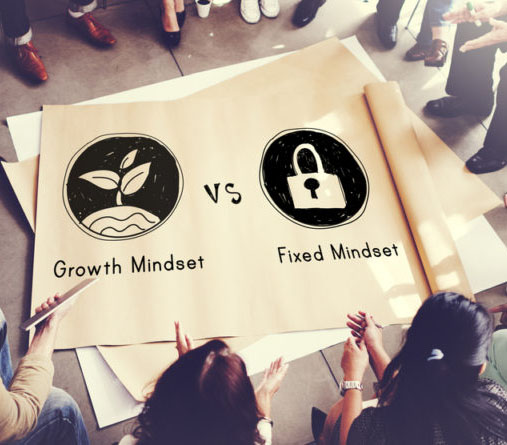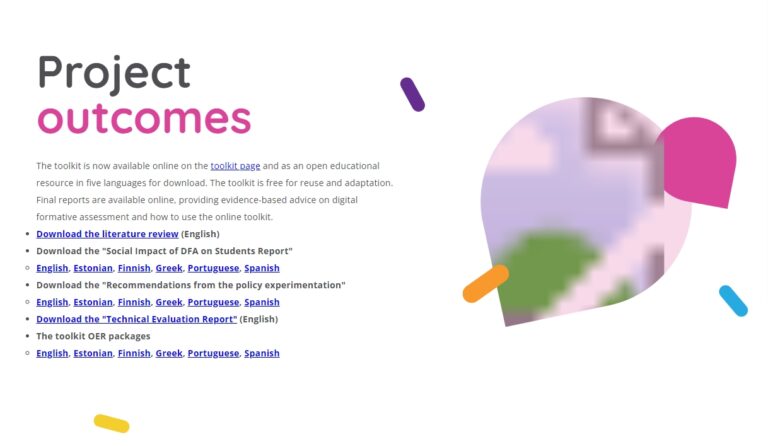31st May 2018 | Lynn How | TeacherToolkit
Reading Time: 3 minutes
How can we truly embrace a growth mindset across a school?
It’s likely that in every school throughout the country, you will find a reference to ‘growth mindset’. This concept, although not new, has swept through our schools in recent years.
Understandably, despite the constraints of the current curriculum, you will be hard pressed to find an educator who does not advocate this way of thinking and is not fully behind implementing and building in the concepts in their lessons and teaching in order to prepare the next generation of adults.
A quick recap of the principles around growth mindset:
- Carol Dweck‘s research refuses to accept that intelligence is fixed or predetermined by genes.
- People who have or adopt a growth mindset develop intelligence and abilities over time because the learner’s positive attitude ensures that progress is achieved.
- Those with a ‘fixed mindset’ see intelligence as finite and inherited; preoccupied with outcomes over the process and reluctant to leave comfort zones.
Why then, when as practitioners we are asked to step outside our comfort zones, do many of us seem unable to practice what we preach and baulk at attempting anything outside our usual teaching pedagogy? If you align yourself to fixed mindset, or you know that you are not a supporter of growth mindset as you would like to be, then the following points may be useful.
1. High levels of peer to peer support and high quality self-reflectiveness in staff
This in turn would lead to improved camaraderie, motivation and teacher productivity resulting in a happy working environment and therefore improved outcomes for students (apparently children prefer and make more progress with teachers who are actually happy – who knew?! #groundbreakingstuff).
2. Less fear of scrutiny/observations/standardised testing/pupil progress etc
Sadly, the current levels of accountability and testing in schools do not lend themselves to growth mindset among pupils or staff but we can hope (and pray) this will improve in the future. We have all had panics about impeding learning walks/inspections/review days and even dreamed about observations going horribly wrong for a myriad of reasons (apparently being without clothes is a popular theme). This is not the way to live.
3. High adoption of growth mindset in pupils
As staff would be doing it so effectively, it would obviously rub off on the children either explicitly or through osmosis, thus creating a generation that are less robotic and more employable, rising to every new challenge.What can we do right now to improve growth mindset among staff? As with all inititives, start with the ‘quick wins’ the following are small things which could improve growth mindset of your staff.
4. Ensure staff wellbeing is of a high priority
A happy workforce is more likely to rise to challenges. Annual surveys are a good starting point. Pick apart the main themes in the analysis where issues arise, to drill down to where the problems stem from. If you are in the senior leadership team (SLT), take feedback on the chin and think with a growth mindset about solutions collaboratively.
5. New skills
Theme weeks for the whole school involving learning a new skill, skills have to also be something that the staff cannot do already. Everyone embraces a growth mindset together.
6. INSET
Training to take people out of their comfort zone in a safe and fun way. There is not enough time for team building activities with today’s tight budgets but for growth mindset potential, they are essential – staff should see that SLT members are human as well!
7. Stop grading lessons
If you haven’t already done so… stop it! Adopting a staff culture of growth mindset must forget grading lessons. This allows the school to be greater than the sum of its parts and paves the way for more effective peer coaching models of practice development.
8. Coach
Adopt CPD such as peer coaching/lesson study in order to improve teaching and learning without the pressure of observations.
9. Ownership
Include staff in their self-development – ownership of targets motivates staff to achieve them.
10. Target
Identify your core group of fixed mind-setters and take the time to get their views on new initiatives, quote them in staff meetings if they said anything positive and they will more likely have a growth mindset for a new initiative at the start of the process.
11. Walk the walk, talk the talk
SLT to role model growth mindset at every opportunity (not by shouting ‘where’s your growth mindset’ to staff who are rigid thinkers down the corridor – tempting but not seen as very professional!).
What would the teaching profession look like if we were all able to adopt a growth mindset to a high level? An education utopia which I hope we will see. In the meantime, quoting Frank A. Clark: ‘If you find a path with no obstacles, it probably doesn’t lead anywhere.’
Lynn has been teaching for 15 years during which time she has been an Assistant Head and a Lead Mentor at a Teacher Training institution. Currently, she is working part time with Year 5. She loves to write, including research, children’s poetry and she has an MA in Education. Lynn’s particular areas of interest are wellbeing (staff and pupil), SEND, children’s mental health, leadership, mentoring and coaching.






